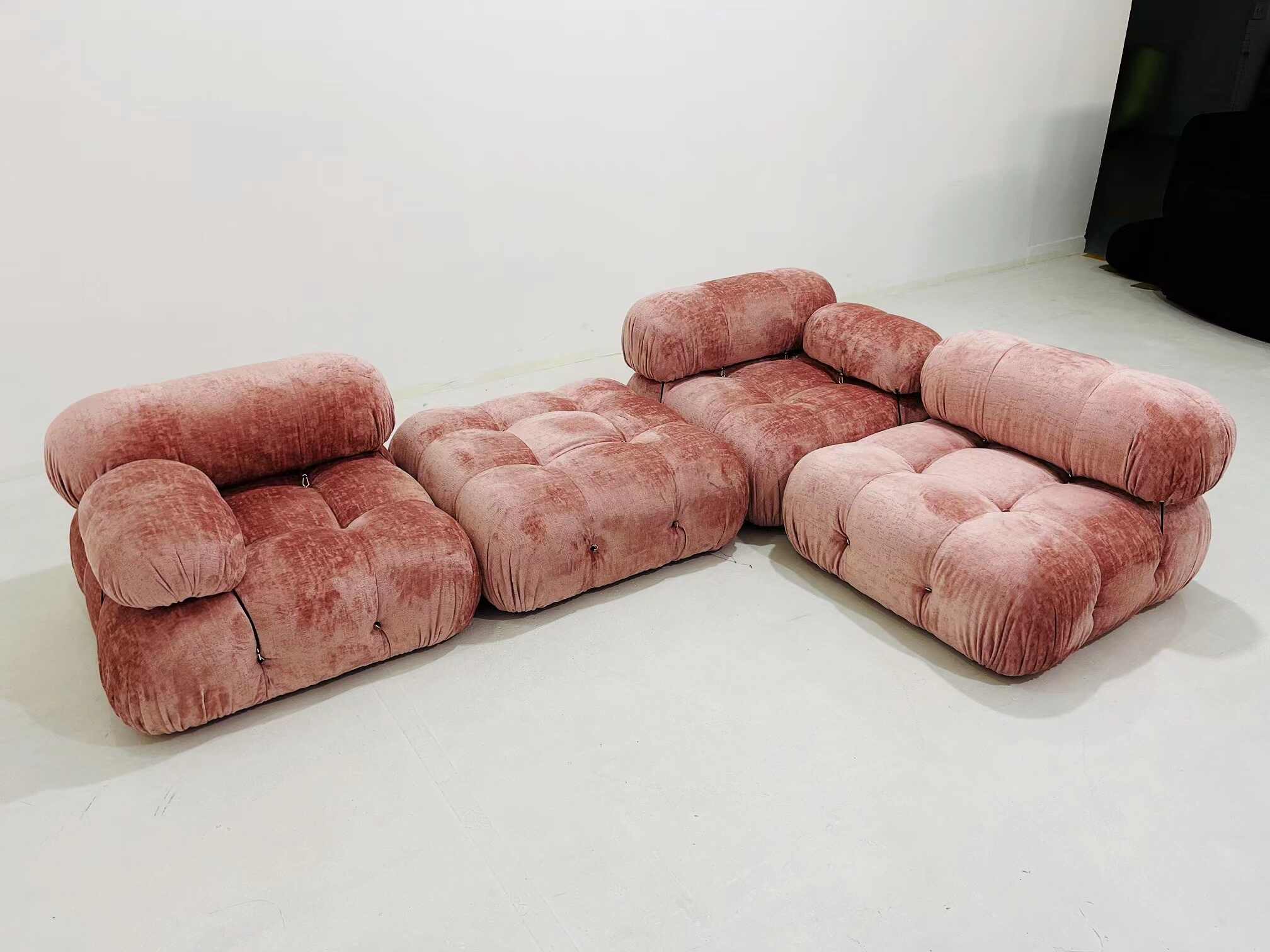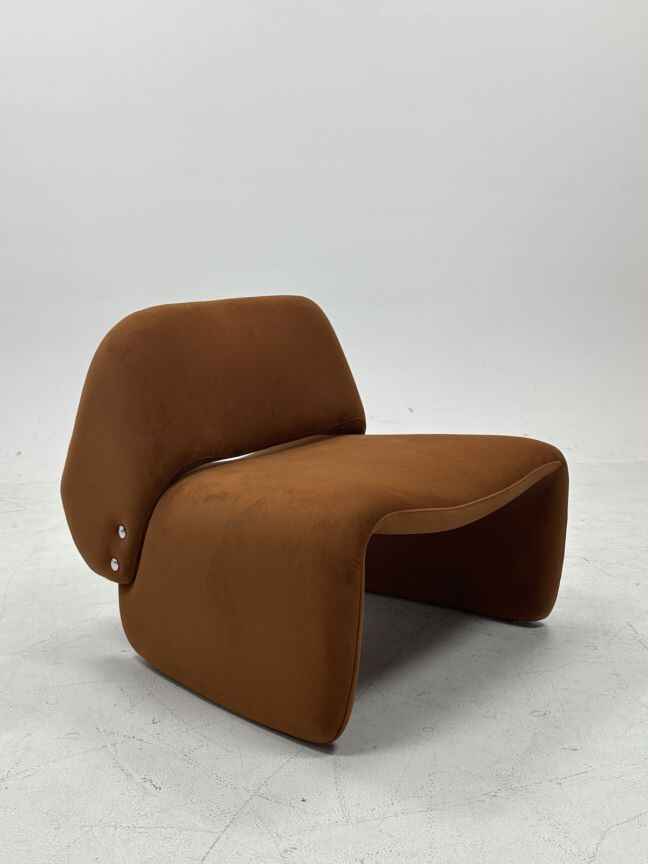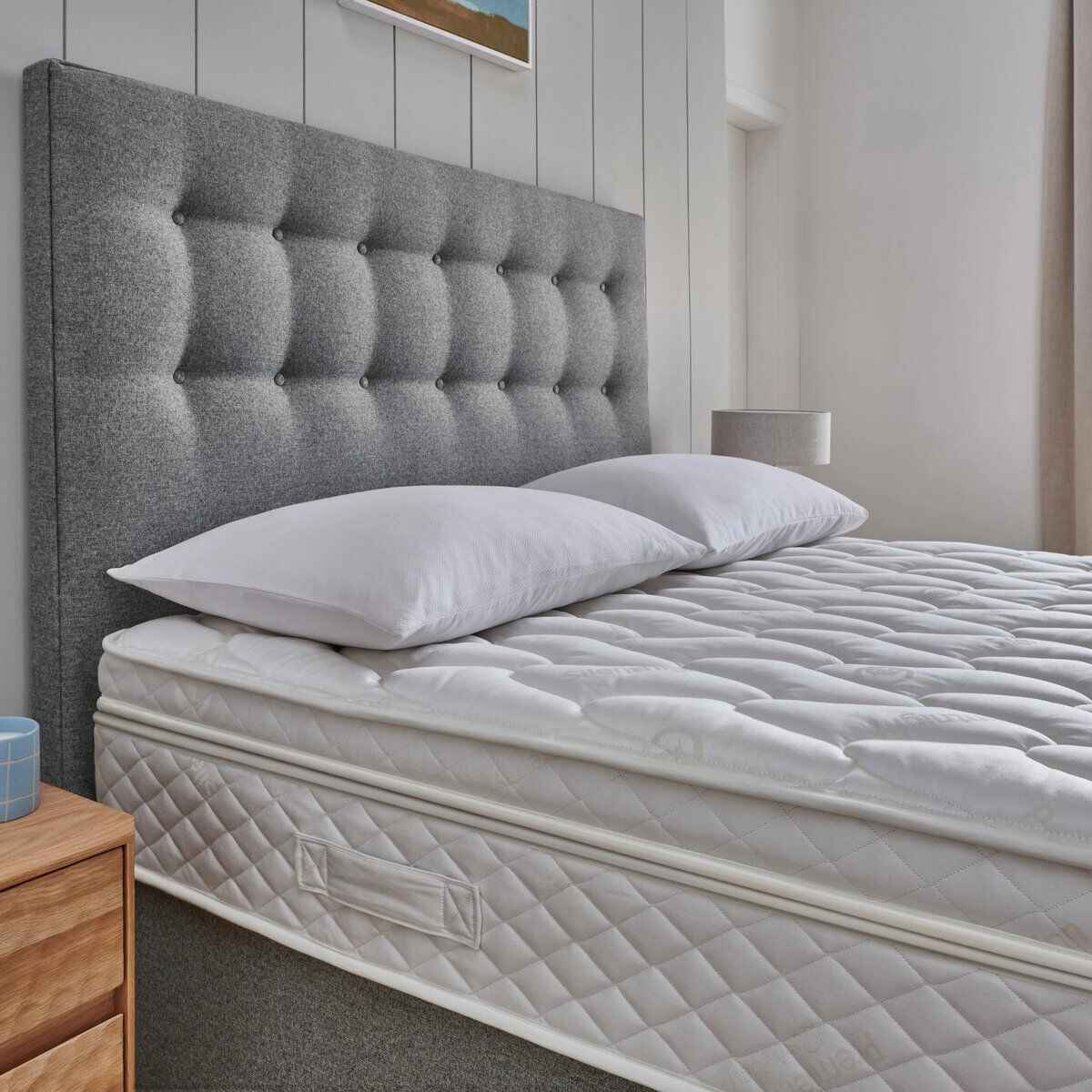Address
No.3 Chengcai Road, Leliu Town, Shunde District, Foshan City, Guangdong, China 528322
Address
No.3 Chengcai Road, Leliu Town, Shunde District, Foshan City, Guangdong, China 528322
Chinese furniture blends fine woods, cultural carvings, and timeless craftsmanship, offering beauty, functionality, and a connection to rich traditions.


Chinese furniture amazes with its beauty and detailed craftsmanship. Every piece shares a story, showing years of tradition and skill. Its designs mix style and usefulness, making it both handy and beautiful. Rich materials like rosewood give it a fancy feel. Carvings show cultural symbols and add meaning. These designs are more than just pretty—they link to Chinese history. When you look at Chinese furniture, you see more than decoration. You connect with the past and its art.
Chinese furniture is both beautiful and useful, perfect for any home.
Learning its history helps us value its skill and meaning.
Strong woods like rosewood and zitan make it last and look nice.
Special carvings and designs show important cultural ideas and stories.
Taking care of it well keeps it strong and lovely for years.

Chinese furniture holds a long and rich history. It shows how tastes, ideas, and lifestyles changed over time. Learning about its past helps you value its art and meaning.
Furniture styles in China changed with each dynasty. Every era brought new ideas that shaped today’s designs.
In the Han dynasty, raised seating platforms were made. These later became beds and daybeds.
The Tang dynasty introduced round and yoke-back chairs for the wealthy.
During the Song dynasty, tall furniture with straight lines became popular.
The Ming dynasty focused on simple, balanced, and comfortable designs.
The Qing dynasty added fancy and detailed styles, unlike the Ming’s simplicity.
Modern times brought foreign styles and thick lacquer finishes.
Dynasty | Key Changes |
|---|---|
Han Dynasty | Raised seating platforms led to the creation of beds and daybeds. |
Tang Dynasty | Round and yoke-back chairs appeared, mainly for the upper class. |
Song Dynasty | Tall furniture with straight lines and beauty became common. |
Ming Dynasty | Simple, balanced designs with comfort and harmony were developed. |
Qing Dynasty | Luxurious, detailed furniture styles emerged, contrasting with Ming designs. |
Modern Era | Foreign influences and shiny lacquer finishes became widespread. |
Chinese furniture reflects the beliefs of its people. Confucianism valued balance, seen in even and symmetrical designs. Taoism inspired simple styles and natural materials like rosewood. These ideas helped craftsmen make furniture that was useful and meaningful.
Furniture was important in old Chinese homes for both use and meaning. Paintings and old finds show this clearly.
Cupboards and chests stored items, showing the need for order.
Tables were used for family meals, showing the value of togetherness.
Chairs and stools changed over time, showing comfort and status.
Beds were beautifully made, showing the importance of rest and personal space.
Furniture Type | Purpose |
|---|---|
Cupboards | Stored items, showing the need for order in homes. |
Wardrobes | Held clothes, showing style and social rank. |
Tables | Used for family meals, showing the importance of unity. |
Chairs | Showed comfort and status, with changing designs. |
Beds | Beautifully made, showing the value of rest and space. |
Stools | Used for seating, handy in many situations. |
Chests | Stored items, often both useful and decorative. |
Boxes | Had many uses, from storage to decoration. |
By learning about Chinese furniture’s history, you can see the values and skills of ancient China.
Chinese furniture is special because it blends beauty and usefulness. Each piece shows years of skill and cultural meaning. It is a lasting treasure for any home.
The materials used make Chinese furniture strong and beautiful. Craftsmen pick high-quality woods like rosewood and zitan. Rosewood has a rich reddish-brown colour that feels warm and fancy. Zitan is rare and valued for its dense texture and detailed carvings. These woods make furniture look great and last long, perfect for passing down through generations.
Young people now love furniture made from these fine woods. Many prefer custom designs that match their style. This trend shows how Chinese furniture stays popular in modern homes.
Carvings and patterns are key parts of Chinese furniture. These designs often have meanings tied to Chinese culture. Dragons stand for power, while phoenixes mean renewal and success. Flowers like peonies and lotuses show beauty and purity. Craftsmen carve these designs carefully, making each piece a true artwork.
Furniture with these carvings brings culture into your home. The designs add beauty and connect you to China’s traditions and values.
Chinese furniture focuses on simple and balanced shapes. The designs use clean lines and even proportions for a calm look. This style comes from Confucian and Taoist ideas, which value balance and nature. Chairs, tables, and cabinets often have little decoration, letting the fine materials and skill stand out.
This simplicity makes Chinese furniture fit well in modern homes. You can mix it with newer styles for a neat and stylish look. Its classic design stays appealing through changing trends.
Chinese furniture is special because of its amazing craftsmanship. Each piece shows the hard work and skill of artisans. These skills have been passed down for hundreds of years. This makes the furniture timeless and valuable.
Traditional joinery is key to Chinese furniture. Craftsmen use joints instead of nails or screws. This makes the furniture strong and long-lasting. Mortise-and-tenon joints are a good example. These joints fit perfectly, keeping the furniture stable.
Every joint is made with great care. No metal parts mean the wood can move naturally. This helps the furniture last longer, even in different weather. These methods show the creativity of Chinese artisans. They also show their love for natural materials.
Hand-carved designs make Chinese furniture unique. Artisans carve patterns and symbols into the wood. These designs often have meanings, like dragons for power or lotuses for purity. The carvings turn the furniture into art.
Finishing techniques have a long history. The Shang dynasty started using lacquer. By the Eastern Zhou period, lacquerware became common. The Han dynasty added fancy decorations. The Tang dynasty improved the art with gold and silver designs. These old methods led to today’s carved lacquerware.
You can see the effort in every detail. Each carving shows the artisan’s skill and patience. These details make the furniture beautiful and keep its history alive.
Skilled artisans help keep Chinese furniture traditions alive. They learn their craft through years of practice. Many learn from family or as apprentices. This keeps the knowledge going.
Today’s artisans mix old methods with modern styles. They make furniture that is both classic and useful. By supporting them, you help protect this tradition. You also bring a piece of history into your home.
Chinese furniture is more than just useful. It is a symbol of art and tradition. Choosing these pieces honours the artisans’ skill and dedication.
Chinese furniture is not just for use. It holds deep cultural meanings tied to Chinese traditions. Every detail, from patterns to placement, shares a story.
Motifs in Chinese furniture often bring luck and harmony. Dragons are carved to show power and strength. Phoenixes symbolise renewal and success. Flowers like peonies mean wealth and beauty. Lotuses stand for purity and spiritual growth. Craftsmen pick these designs to bring good energy to homes. Choosing such furniture adds culture and meaning to your space.
Feng Shui guides how Chinese furniture is made and placed. This old practice aims to balance energy, or “chi,” in spaces. Chairs are placed with backs to walls for support. Tables with round edges create safety and unity. Following these ideas makes your home calm and welcoming.
Chinese furniture shows the values of its culture. Simple and balanced designs reflect Confucian and Taoist beliefs. These ideas focus on nature and tradition. Furniture also highlights family and community. Big dining tables show the importance of eating together. Adding Chinese furniture to your home brings these lasting traditions to life.

Combining traditional Chinese furniture with modern designs creates a special look. Pair classic items with modern pieces for balance. For example, a Ming-style chair fits well in a simple living room. A carved rosewood cabinet can make a modern kitchen feel cosy. Mix detailed designs with plain surroundings to keep the space neat. This method shows off the beauty of old craftsmanship while staying fresh.
Choosing Chinese furniture needs careful thought. First, decide what type of item you want. Do you need a bold piece, like a carved table, or something useful, like a storage chest? Next, set a budget to guide your choices. Learn about the brand’s history to pick quality items. Modular furniture lets you adjust pieces to fit your needs. Design tools can help you see how furniture will look in your home. These steps make sure your choices are stylish and practical.
Tips for picking furniture:
Choose items that match your style.
Use tools to imagine furniture in your space.
Pick modular designs for flexibility.
Decide if you want a bold or useful piece.
Set a budget to stay within your limits.
Check the brand’s history for quality and value.
Taking care of Chinese furniture keeps it looking great for years. Dust wooden surfaces often with a soft cloth to avoid scratches. Keep furniture away from sunlight to stop fading. Use mats and coasters to protect surfaces from heat and spills. Clean lacquered items gently with a damp cloth, avoiding strong chemicals. Apply wood polish sometimes to keep the shine. These easy steps help your furniture stay beautiful and strong.
Tip: Move furniture around sometimes to avoid uneven wear or fading.
Chinese furniture is more than just useful objects. It shows history, culture, and art from ancient China. Every piece shares a story about traditions and values. Adding these designs to your home brings beauty and meaning. These handmade items show the skill of artisans who keep the craft alive. Let Chinese furniture turn your home into a place of art and tradition.
Chinese furniture is unique because it uses fine woods like rosewood and zitan. It has meaningful carvings, balanced shapes, and traditional craftsmanship. These features make it beautiful, useful, and full of cultural meaning. Each piece is a lasting treasure.
Check for top-quality materials and hand-carved designs. Look for traditional joinery methods without nails or screws. Real pieces often show cultural symbols like dragons or phoenixes. The finish and craftsmanship should reflect history and skill.
Yes, it can! Chinese furniture works well with modern styles. Pair classic items like Ming-style chairs with simple designs. Use carved cabinets as standout pieces. Its clean lines and elegance match today’s interiors perfectly.
Dust it gently with a soft cloth often. Keep it out of direct sunlight to stop fading. Use coasters to protect surfaces from heat or spills. Apply wood polish sometimes to keep it shiny. Be careful with lacquered pieces to avoid damage.
Yes, it can! Furniture made with Feng Shui ideas balances energy. Place chairs with backs to walls for support. Use round tables to create harmony. These choices make your home feel calm and inviting.
Tip: Arrange furniture carefully to improve the flow of good energy.